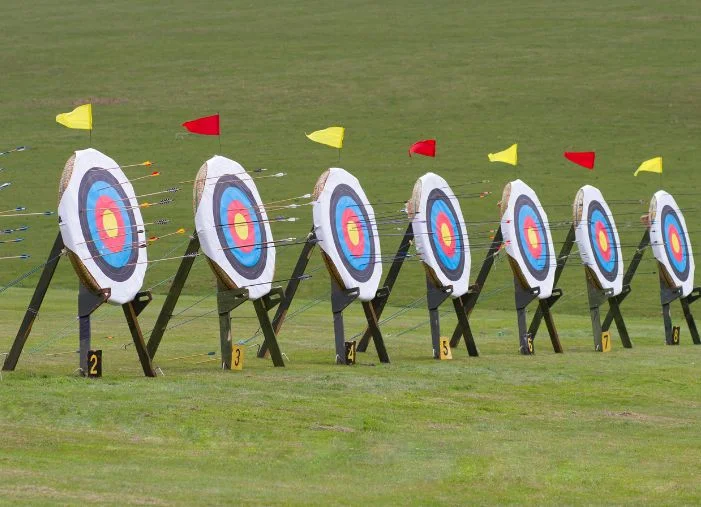Instagram is one of the most powerful social media platforms in the game right now. It has over 2 billion monthly active users, and that number will likely continue to climb year over year. But with so many active users scrolling through their feeds at all hours of the day, how in the world can a small business stand out with organic posts alone?
That’s where Instagram advertising comes into play. It allows you to focus on the right people, at the right time, with the right message and imagery. Instagram ads tell visual stories through various formats, and many advertisers have seen this channel yielding higher ROI in comparison to their other advertising campaigns.
In this walkthrough, you’ll learn everything you need to know to get started with an Instagram advertising campaign.
Contents
- What is Instagram advertising?
- Benefits of Instagram advertising
- Types of Instagram ads
- How to run Instagram ads
- Instagram ads tips
What is Instagram advertising?
Instagram advertising is a method of paying to post sponsored content on Meta’s Instagram platform to reach a larger and more targeted audience. While there are many reasons a business or individual may decide to advertise, Instagram ads are often used to grow brand exposure, drive website traffic, generate new leads, and move current leads down the funnel (and hopefully towards conversion).
Since Instagram is such a visual platform, you’ll need a single image or video, or a set of images and videos, paired with a caption and a call-to-action (CTA) button to reach your audience with Instagram ads.
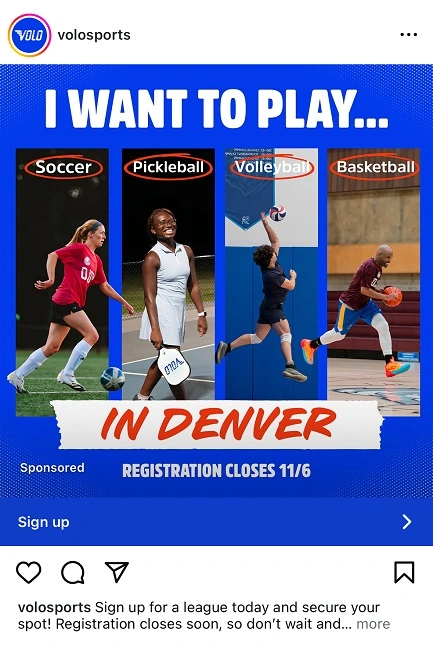
An example Instagram ad.
❓Could Instagram ads fill a void in your business’s digital advertising strategy? Find out with our free guide to 10 marketing gaps that cost you customers (and how to fix them)!
Why advertise on Instagram?
Consider these Instagram advertising statistics and facts when evaluating whether this strategy is right for your business.
- Instagram users spend about 34 minutes daily and 12 hours monthly on the app on average.
- Instagram is the most popular platform for product discovery, with 60% of people saying they discover new products on Instagram. 29% of Instagram users make purchases directly from the platform.
- 29% of businesses say Instagram yields them the highest marketing ROI.
- 44% of social media users wished that brands used Instagram more often (higher than any other network).
- The average cost per click for Meta Ads on Facebook and Instagram is $1.92 for leads campaigns and $0.70 for traffic campaigns, which is lower than the Google Ads average CPC of $5.26.
- 74% of businesses use Instagram for marketing and advertising in 2025, which is up from 2024’s number of 63%.
- 71% of businesses are satisfied with results from their social ads on platforms like Instagram.
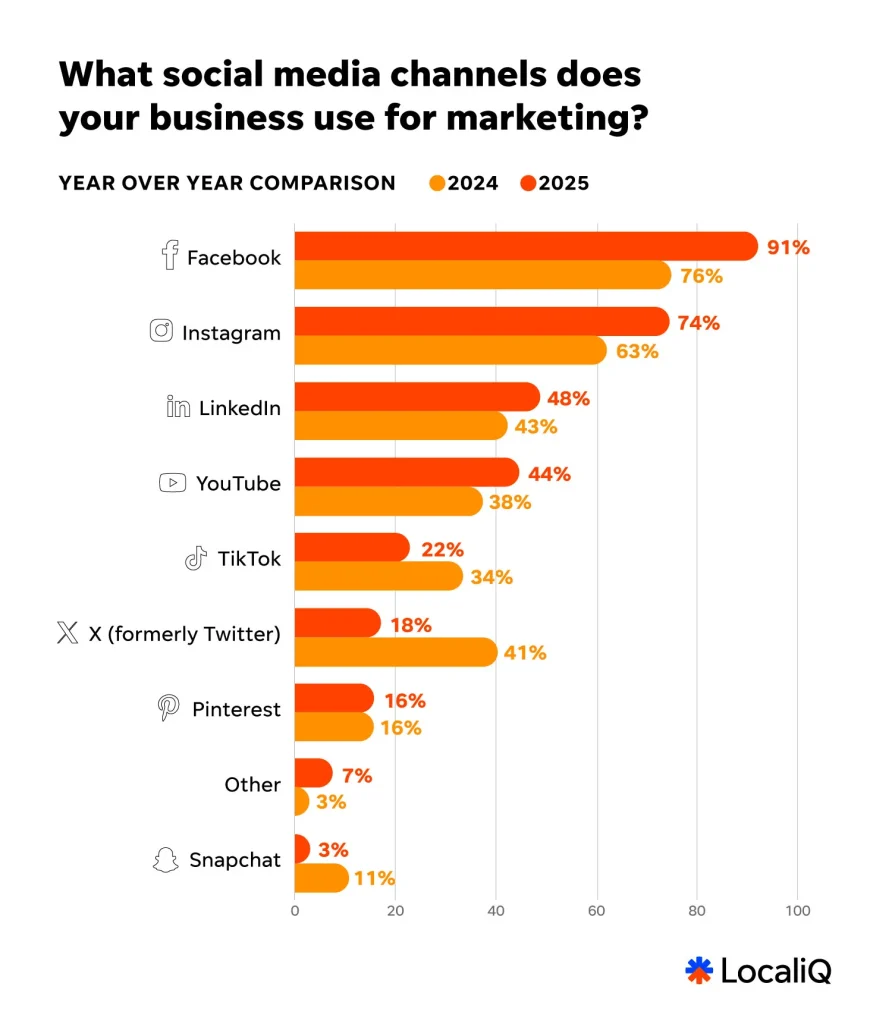
Types of Instagram ads
Now that you know Instagram ads would be a slam-dunk strategy for your business, let’s explore the types of Instagram ads you could start taking advantage of.
- Image or video ads: Ads that use a single image or video up to 60 seconds long, along with a CTA button and caption, to promote your offer.
- Carousel ads: Ads that compile multiple images and videos into slides viewers can scroll through. Although organic carousel posts can be up to 20 slides, carousel ads have a limit of 10 slides.
- Reels: Short-form video ads that take up the user’s full screen as they scroll through the Reels tab or Explore page on Instagram. These can be up to 15 minutes long, but typically, the best performing Reels are anywhere from 30 seconds to 3 minutes long.
- Story ads: Ads on Instagram Stories can include images and videos and take up a user’s full screen as they scroll through the Stories section of the app. Organic Stories only stay up for 24 hours, but you can re-run Story ad campaigns for longer periods of time. Instagram Story video ads can only be 15 seconds max unless you are using the carousel format. With Instagram Story video carousel ads, you can select up to 10 cards with a maximum of 120 seconds of video content.

All Instagram ad formats include a CTA button, and you can include captions, hashtags, and more in your ad content. Every ad will appear with an automatically added “Sponsored” text when shown in user feeds, like you see at the bottom of this example Story ad below.

Users can perform a few different actions once they see your ad. For instance, most ad formats allow people to like, share, comment, or replay your content, and they all have the ability to click your added links or CTA buttons.
With that comes tons of different metrics you could track within your Instagram campaigns, so check out this resource on how to audit your social media performance to see which interactions on your ads might matter most for your business.
How to run Instagram ads
Ready to run Instagram ads for your business? Follow these seven steps.
1. Get your Meta Business Suite and Instagram accounts set up
Instagram ads are configured directly on the Meta Ads Manager, which you can access and sync with your Instagram account via the Meta Business Suite. So, first, you’ll need both those accounts set up.
- Instagram account: Navigate to instagram.com directly and follow the prompts to create an account. Alternatively, you could download the Instagram app and sign up that way. Just be sure that you switch your new account to a professional account.
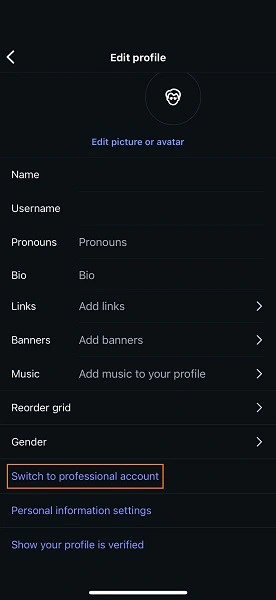
- Meta Business Suite: You’ll access the Meta Ads Manager and connect your Instagram account through the Meta Business Suite. You can get your account set up on Meta Business Suite via https://business.facebook.com/.

Note that you can boost organic Instagram posts and manage your Instagram ads directly from the Instagram app itself, too. Professional accounts will have access to professional tools, such as ad tools, under the creator tools menu, shown at the bottom of this screenshot here.
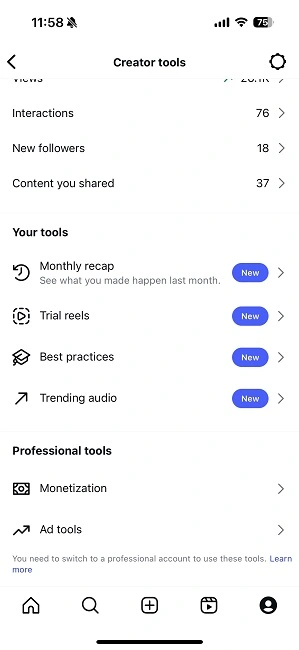
The steps we’ll continue to walk through will be creating your Instagram ads campaign from the Meta platform, which can be easier (and typically more popular) if you’re running ads on both Facebook and Instagram, or using a desktop to dig into all aspects of your ads.
2. Create your campaign and select its objective
Since you run your Instagram ads through Meta, it’ll basically feel like you’re creating a Facebook campaign until you select your Instagram page and placements in your ad set to turn your build into an Instagram-only strategy.
Click the green +Create button to create a new Meta Ads campaign and choose your campaign goal. Luckily, the goals are named in a self-explanatory manner. Need more traffic? Select the traffic objective. Looking to increase brand awareness? Choose the awareness objective. You get the gist.
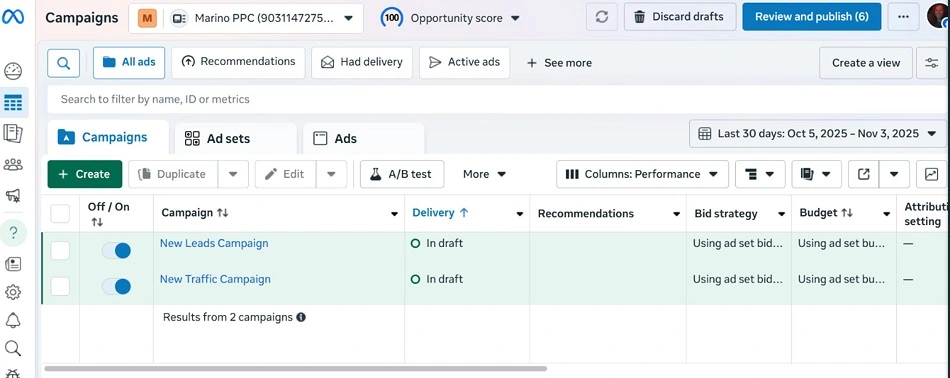
3. Configure your target audience
Now that you’ve selected your objective, you need to target the appropriate audience to get your ads in front of the right people. This is the true beauty of Instagram ads since you’ll be using Facebook’s depth of demographic knowledge to reach the right people.
If you’ve done this for Facebook ads before, you likely already have several audiences built and are quite familiar with the process. If you’re new to this process, here’s a run-down of your targeting options, which you can layer to get a precisely targeted audience. (For instance, if you want to target women, in New York, between the ages of 19 and 65, who are interested in yoga and health food, you can do just that!)
4. Choose your placements
Now that you’re targeting your ideal demographic, it’s time to choose your placements! This is a critical step to only show ads on Instagram. If you choose to ignore this step, Facebook will allow your ads to appear on both platforms.
This isn’t necessarily a negative thing, but if you have content that you’ve created specifically for Instagram, you’ll have to opt into manual placements under the audience controls portion of the placements settings within your ad set.
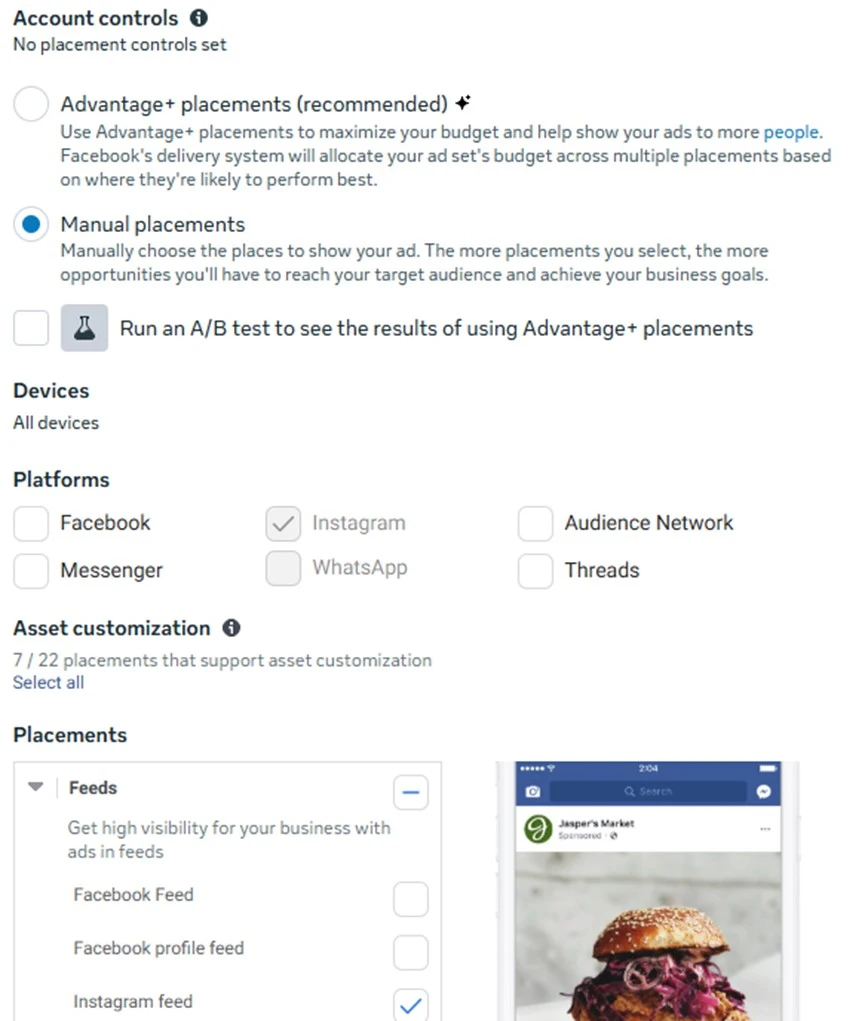
5. Set your budget
If you are familiar with how budgets work through Google Ads or other digital advertising platforms, this step should feel familiar. If not, don’t fret; while you might not know exactly where to set your daily or lifetime budget when running your first Instagram ad campaign, this comes with trial and error, as well as experience. And the good thing is you have the control to pause or stop your campaign at any time if you feel your budget is not being properly allocated.
However, to start, check out industry benchmarks, like the example below, to see what you can expect for average costs across Facebook and Instagram ads.
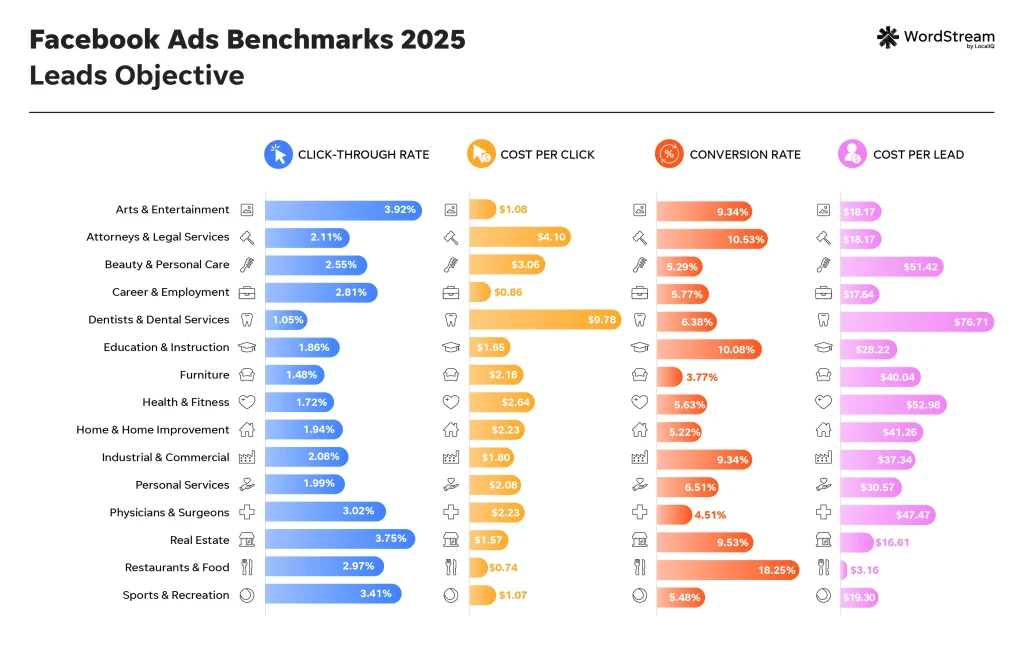
💡Download our free Facebook Ads Benchmarks report to estimate average costs for ads in your industry across the Meta platform!
6. Create and publish your Instagram Ad
Now it is time to create your Instagram ad!
Hopefully, after taking the steps above, you already have some content in mind for the ad you are looking to promote. This part of the setup may look different depending upon your campaign objective, but you’ll always have a few ad format options to choose from, so don’t be afraid to test a few different ad variations.
7. Measure your Instagram campaign performance
Once you start advertising on Instagram, you’ll want to track your progress regularly to be sure you’re pacing towards your goals. You could rely on the campaign dashboard within Meta Ads, third-party tools, or Instagram insights to see how your ads are impacting your business growth.
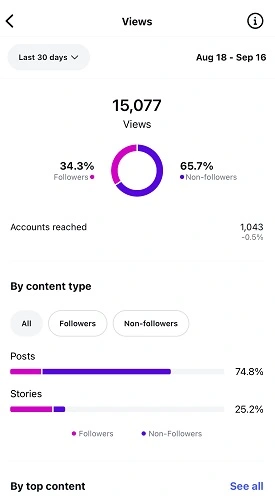
6 #winning Instagram ads tips
Once your Instagram advertising campaigns are up and running, keep these tips in mind.
1. Be careful using Advantage+
Advantage+ is a suite of AI-powered automated solutions you can apply to your Meta campaigns. You won’t be able to use certain Advantage+ features, like Advantage+ placements, to have a true Instagram-only campaign. However, Advantage+ options could still be helpful when drafting your Instagram ad creative.
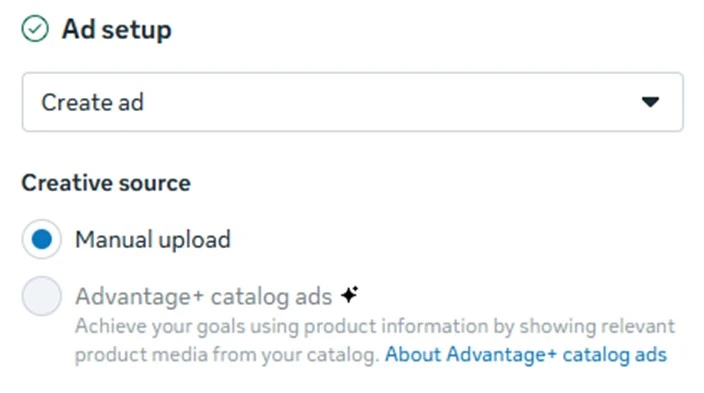
2. Reinforce your brand in your Instagram ad creative
When it comes to using images in your Instagram ads, incorporate the essence of your brand by using your brand guidelines, such as the colors, fonts, and your logo, so it is recognizable to your target audience. Use bright colors so that these visual features can stand out amidst the white or black background of the app.
If you are using a carousel with images, organize them with a common theme, such as a summer line of shoes, your best sellers, or have them tell a story in a linear fashion.

Here’s a cheat sheet:
- Use your brand guidelines (colors, fonts, logo).
- Make sure your ad copy complements your images.
- Keep a strong focal point using your logo or another element of your brand.
- Organize carousel ads by theme or a linear storyline.
3. Create easy-to-digest video ads
Instagram users love video—so much so that Instagram Stories seem to be engaged with more these days than in-feed posts, as 70% of users view them daily. While static images can and do perform well in the various Instagram ad placements, video posts, Reels, and Stories are where it’s at. It’s a quick and easily digestible content format, and you don’t necessarily need high-end equipment or hire more staff to be able to create successful video ad content.
In most cases, you’ll want to create video ads that are 60 seconds or shorter. While that’s the max duration for a standard Instagram video ad, people tend to drop off after viewing the first 10 seconds, regardless of how interesting, entertaining, or helpful it is. While of course, a fraction do watch the entire video, it’s important to show your brand, logo, product, or service in those first 10 seconds so people clearly understand who you are and what you are advertising. Don’t leave it until the end of your video to show your product, as it’ll be too late to possibly capture more people engaging and taking action.
With any ad placement, if you are using video, make sure to also add captions. Many people view Instagram content on mute, and we also want to make sure our content is accessible to anyone who may be hearing impaired. You can easily do so right through Meta Ads Manager at the ad level when you are selecting your video creative.
If you opt to have Meta scan your video and provide captions, just be sure to review them and edit as needed; sometimes the system can miscaption words if they aren’t clear, if you have an unusual brand name or it has a unique spelling, or if you have someone speaking with an accent on your video.

4. Use testimonials and UGC for relatable ads that feel organic
People enjoy looking at people and giving them an image that they can relate to, be inspired by, or yearn to be more like; it naturally boosts views, clicks, and conversions. The more organic you can make it feel to the platform, the less it will stick out like an advertisement, and people will feel more inclined to act.
Using user-generated content (UGC) and appending testimonials, especially in retargeting campaigns, is a win. Pair them up to put a face with a real testimonial, and you are bound to increase your conversion rates.
Using images that your customers share is not only as authentic as you can get, but this type of content will also typically get better engagement since most people enjoy having brands share their content. Another benefit? It makes your brand look real and trustworthy, so it can help manage expectations for prospective customers.

5. Be mindful of your Instagram placement options
Currently, you can advertise in the Instagram Feed, Instagram Stories, and the Instagram Explore tab. However, you’ll likely find that certain ad formats or offers work best on one placement type versus another. You may need to test and customize your ad placements according to your different ad sets.
6. Use polls in Instagram Story ads
Instagram Stories ads with interactive polls are an excellent way to catch your target audience’s attention with your ads and to get them into your funnel.
If you want to use Instagram Story ads polls for added engagement, you’ll first have to be sure to select the Instagram Stories placement only. If you select any additional placements in the ad set level, then this feature will not be available at the ad level.
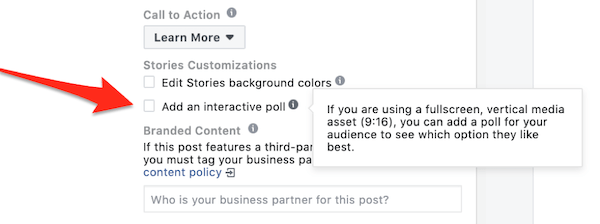
Start advertising your business on Instagram today
Scroll-stopping Instagram ads are well worth the work, as they’re a great way for your business to reach new customers and build your brand loyalty. Getting up and running on Instagram is a simple seven-step process, so you don’t have to be a social media wiz to see success on this powerful platform. For more help getting going on Instagram, see how our solutions can maximize your social advertising campaigns!








